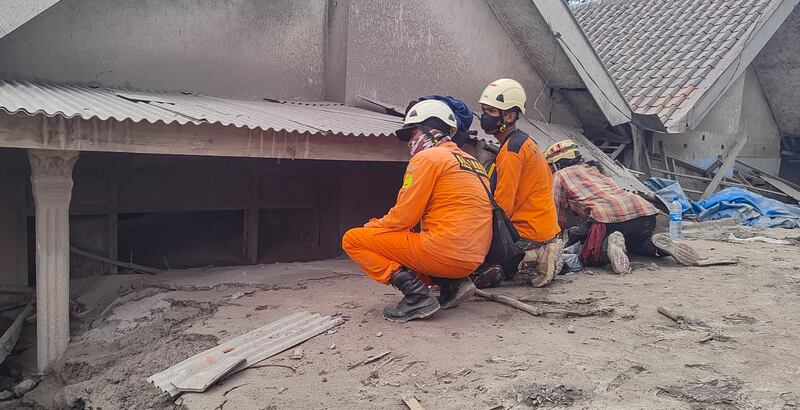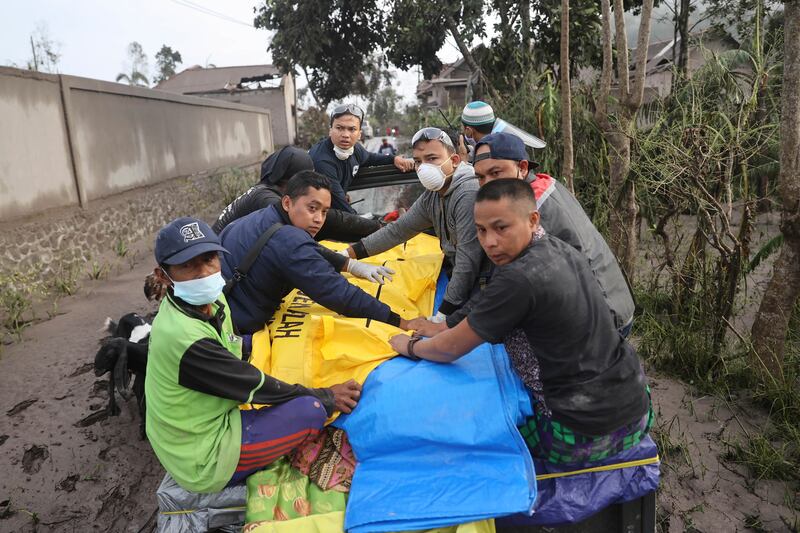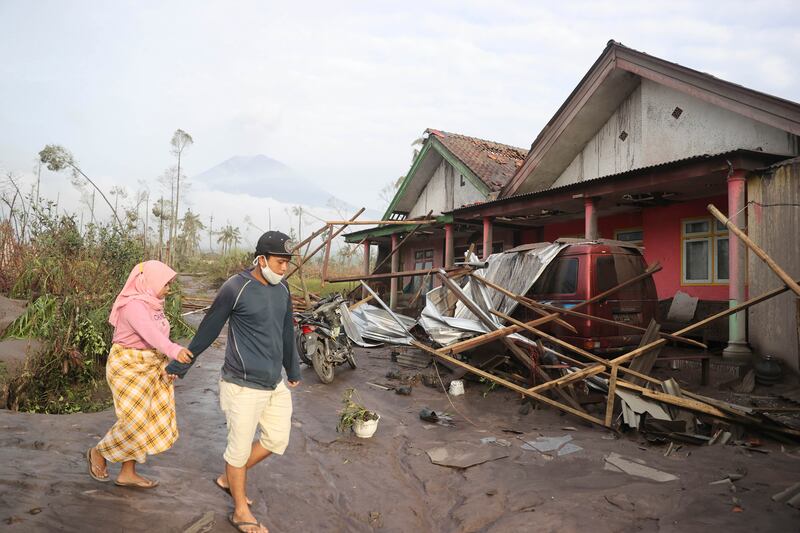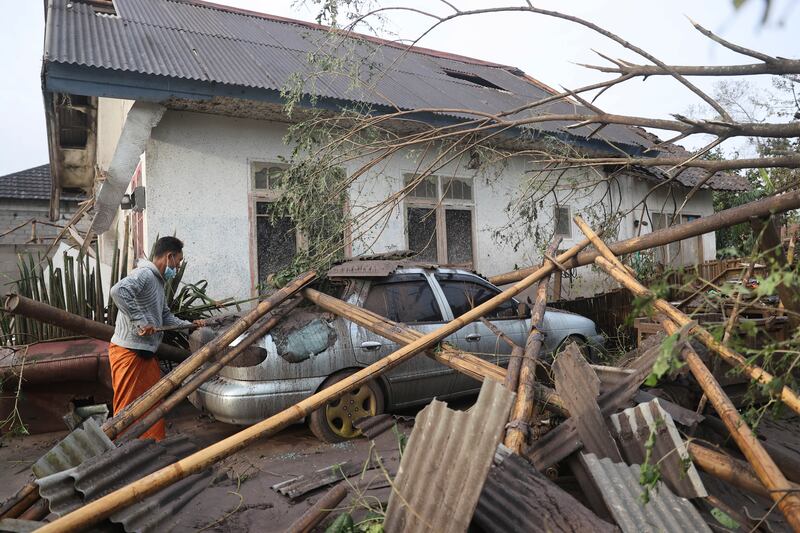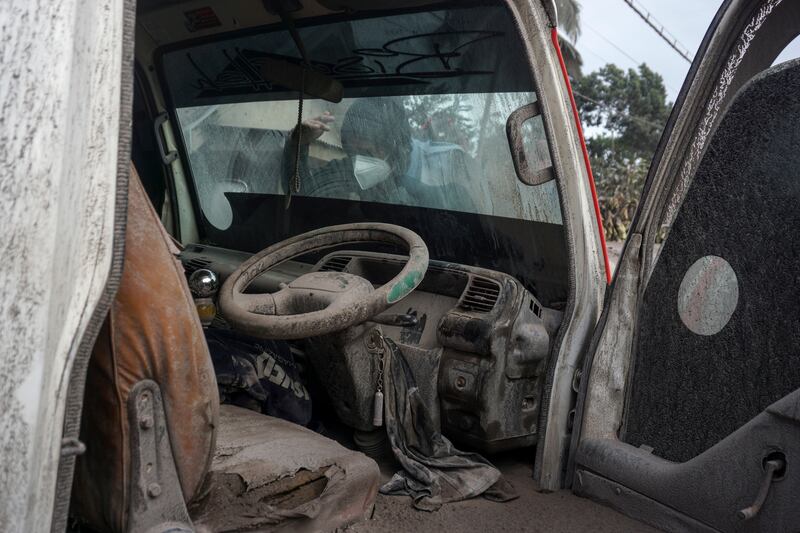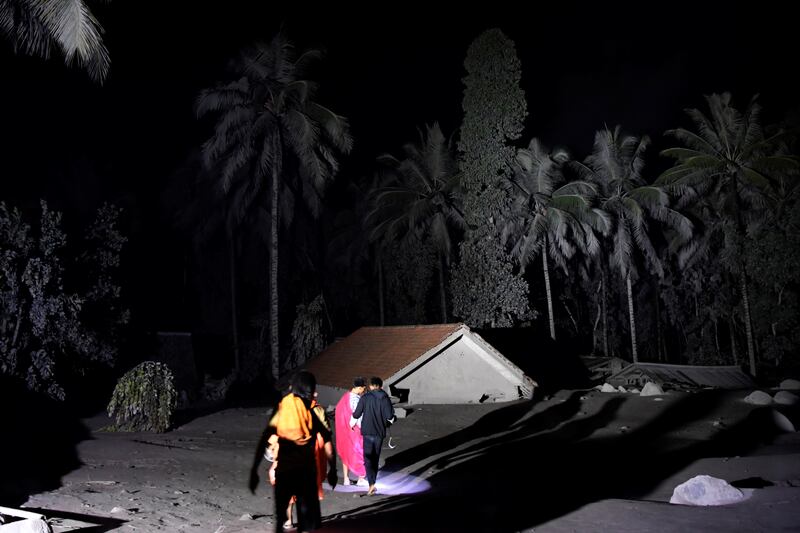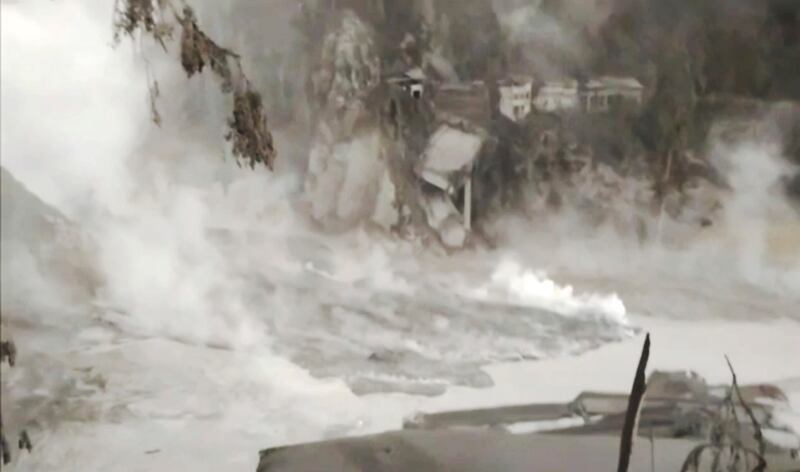Thick mud, smouldering debris and ash-filled air slowed rescuers searching for survivors from a raging volcanic eruption on Indonesia’s Java Island that has so far killed 14 people.
Mount Semeru in Lumajang district in East Java province spewed thick columns of ash more than 12,000 meters into the sky in a sudden eruption on Saturday triggered by heavy rains.
Villages and nearby towns were blanketed and several hamlets were buried under tons of mud.
Mount Semeru volcano eruption in Indonesia leaves trail of destruction
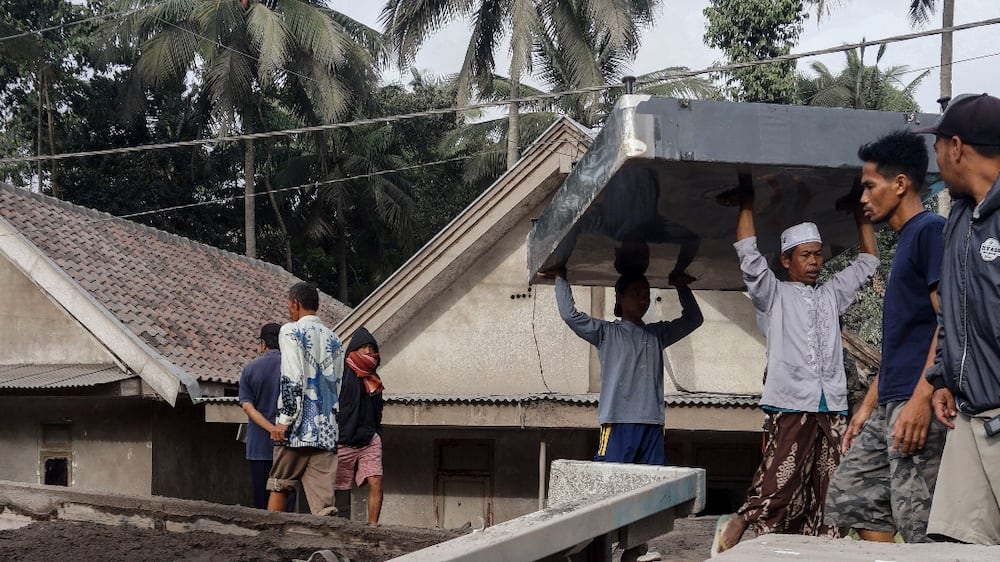
"We did not know it was hot mud," said Bunadi, a resident of Kampung Renteng, a village of about 3,000 people. "All of a sudden, the sky turned dark as rains and hot smoke came."
Flows of hot gas and lava travelled up to 11 kilometres to a nearby river at least twice on Saturday and 2km at least three times on Sunday, according to Indonesia’s Volcanology and Geological Hazard Mitigation Agency.
"The number of victims who died until now is 14 people," agency spokesman Abdul Muhari said on Sunday. Two of the victims have been identified, he said in an earlier statement.
At least 56 people, including two pregnant women, were injured in the eruption, health officials said. Most of the injured suffered serious burns.
Many of those who sustained burns mistook the hot mudflows for floods, so stayed in their villages, said Lumajang Public Order Agency spokesman Adi Hendro.
"They did not have time to run away," he told AFP.
"There were 10 people carried away by the mudflow," said Salim, another resident of Kampung Renteng village.
"One of them was almost saved. He was told to run away but said, 'I can't. Who will feed my cows?'
The authorities said they are still trying to confirm the whereabouts of at least nine people.
As many as 10 trapped people were rescued from areas surrounding Lumajang, Mr Muhari said, as villagers and rescuers worked through the night to find anyone alive or retrieve bodies.
Emergency services footage showed a desolate scene in Kampung Renteng, with rescue workers toiling, surrounded by buckled buildings and fallen trees.
The authorities warned the thousands of people who fled the volcano’s wrath not to return during Sunday’s lull in activity.
But some were desperate to check on livestock and possessions left behind. In several areas, everything – from the thinnest tree branch to couches and chairs inside homes – was caked with ash.
“There’s no life there … trees, farms, houses are scorched. Everything is covered in heavy grey ash,” said Haryadi Purnomo of East Java’s search and rescue agency. He said that several other areas were virtually untouched.
Search and rescue efforts were temporarily suspended on Sunday afternoon because of fears that hot ash and debris could tumble down from the crater owing to heavy rains.
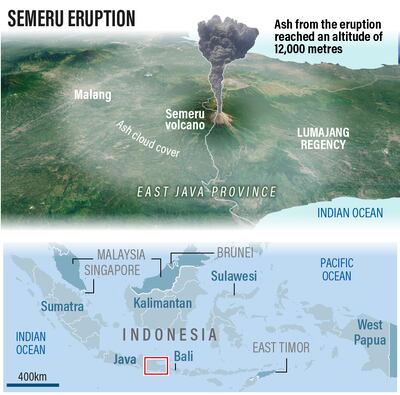
On Saturday, a torrent of mud destroyed the main bridge connecting Lumajang and the neighbouring district of Malang, as well as a smaller bridge, said Thoriqul Haq, the district chief in Lumajang.
The eruption eased pressure that had been building under a lava dome perched on the crater. But experts said that the dome could still further collapse, causing an avalanche of the blistering gas and debris trapped beneath it.
A thunderstorm and days of rain, which eroded and partly collapsed the dome on top of the 3,676-meter Semeru volcano, triggered the eruption, said Eko Budi Lelono, who leads the geological survey centre.
Semeru, the stratovolcano in the shape of a cone, is also known as Mahameru, meaning “The Great Mountain” in Sanskrit.
It has erupted many times over the past 200 years. Still, as with other volcanoes – it is one of 129 under watch in Indonesia, the world’s largest archipelago – more than 62,000 people call Sumeru’s fertile slopes home. It last erupted in January, with no casualties.
Indonesia, a country of more than 270 million people, is prone to earthquakes and volcanic activity because it sits along the Pacific “Ring of Fire,” a horseshoe-shaped series of fault lines. Currently, 54 per cent of the country’s population live on Java, the country’s most densely populated area.
Officials said earlier they had hoped they could avoid casualties by closely monitoring the volcano.
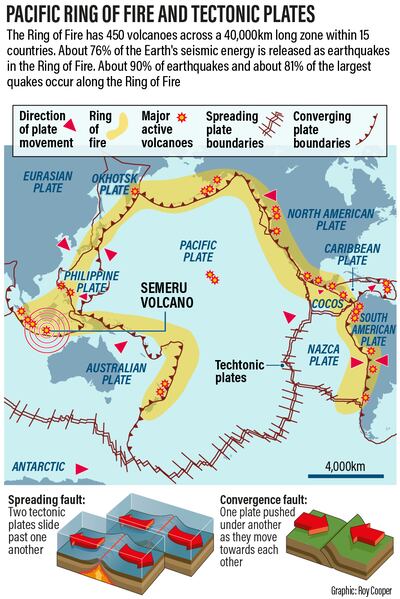
Mr Muhari, the disaster agency's representative, said 56 people had been taken to hospital, mostly with burns injuries. He said rescuers were still searching for nine residents of Curah Kobokan village.
More than 900 villagers streamed into makeshift emergency shelters after Saturday’s powerful eruption, but many others defied official warnings and chose to remain in their homes, saying they had to tend to their livestock and protect their property, said Mr Purnomo of the search and rescue agency.
“We’ll do everything we can to evacuate them by preparing trucks and motorbikes for them to flee at any time,” he said.
Indonesian President Joko Widodo said he instructed his Cabinet ministers and disaster and military officials to co-ordinate their response.
